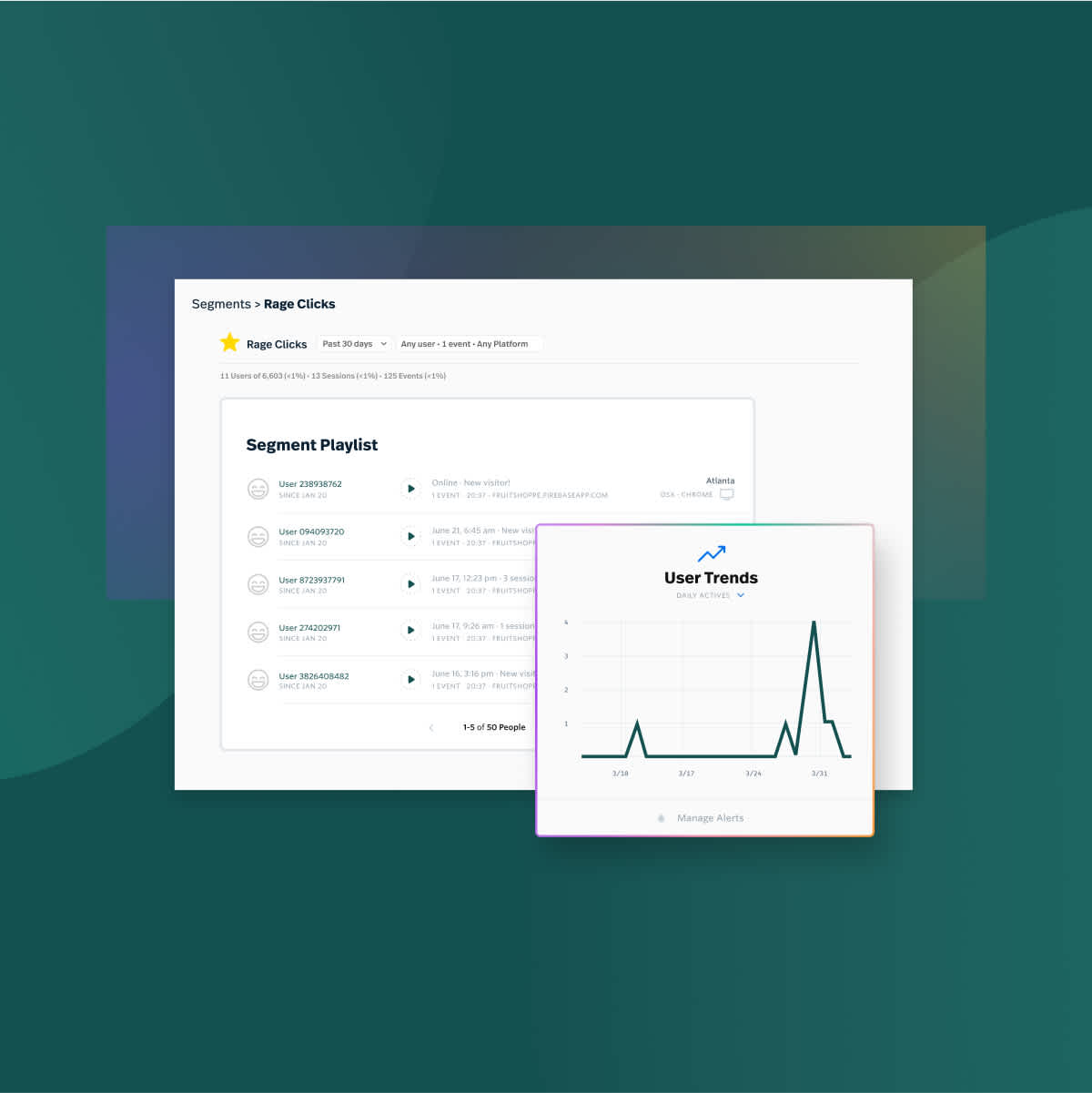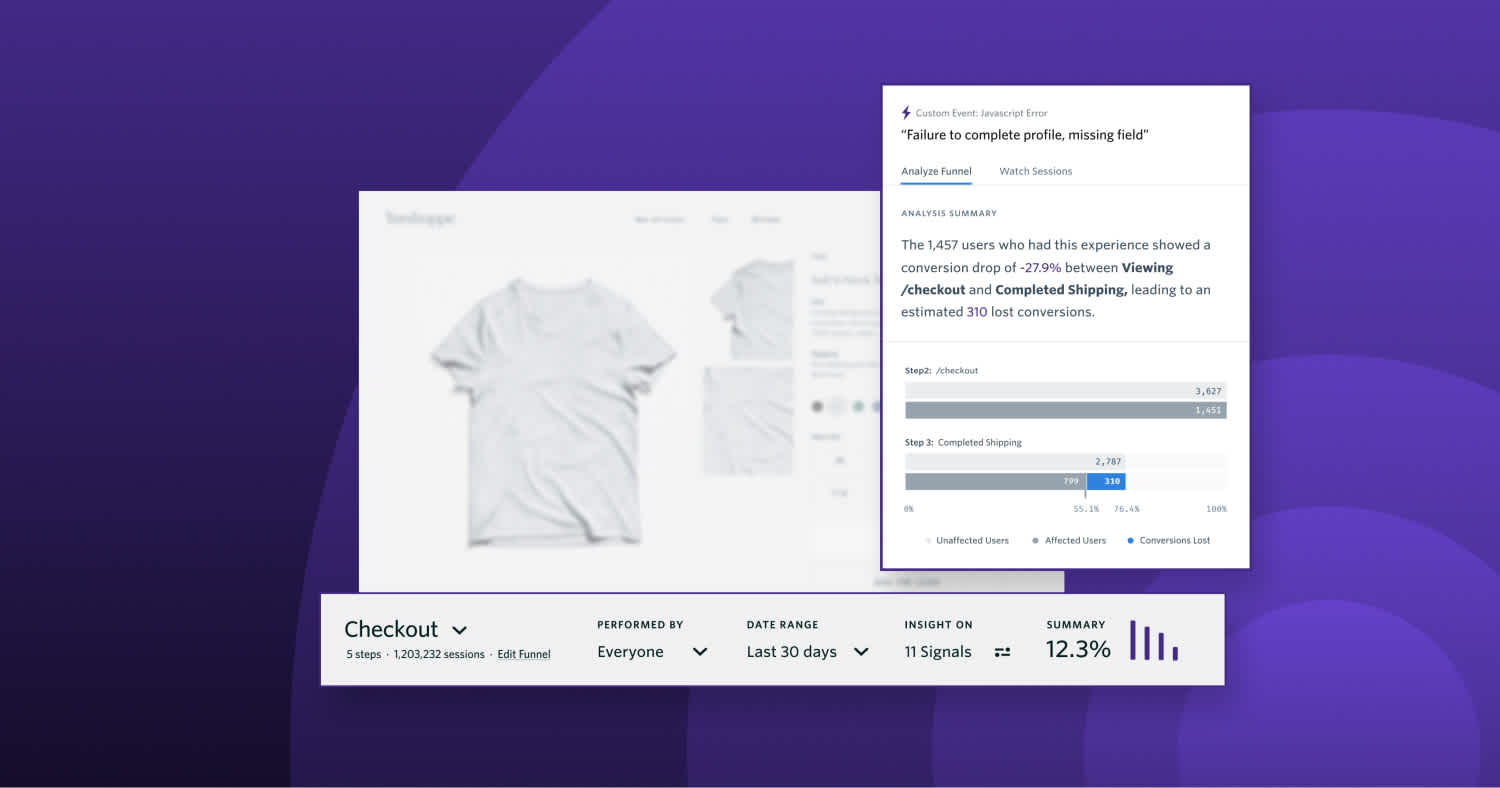Think of data segmentation like tackling a massive jigsaw puzzle. You start by sorting pieces by color, shape, or pattern, making it way easier to see where each piece fits.
In business, this analogy holds true. Data segmentation breaks down a diverse customer pool into more manageable groups, classifying customers by attributes like age, buying habits, or interaction frequency with the brand.
Data segmentation transforms a one-size-fits-all campaign into an array of focused strategies, allowing companies to maximize their marketing reach while enhancing customer satisfaction.
Key takeaways:
Data segmentation structures large datasets into smaller, targeted groups.
Personalized marketing campaigns are crafted using insights from customer data segmentation.
Segmentation contributes to refined customer targeting and sales strategy.
What is data segmentation?
Data segmentation is the process of dividing a large dataset into smaller, more manageable segments based on specific criteria or characteristics.
Effective segmentation can be a game-changer for businesses looking to enhance their existing customer data and analytics to better understand their customers.
5 benefits of segmented customer data
So, why should a company give data segmentation the spotlight?
A better understanding of customers: Segmentation divides customers into smaller groups based on their actions or preferences, which helps businesses understand customers' needs and wants.
Better marketing: Segmented audience data lets businesses create marketing messages that resonate directly with each segment
More sales opportunities: Businesses can identify the most valuable customers or those most likely to buy, allowing them to prioritize their sales or marketing efforts
Improved customer service: Services that feel more personal often lead to happier customers and more loyalty to the business.
Enhanced product development: Product design and services that better match what their customer wants and needs can lead to more successful product launches and innovations.
Data segmentation criteria
When businesses segment data, they often rely on several key criteria:
Demographic: age, gender, income, education, marital status
Geographic: country, city, state, region, street address
Firmographic: company size, industry, revenue, performance
Behavioral: purchasing habits, engagement level, user status
Technographic: device type, operating system, software, adoption stage
Psychographic: lifestyle, interests, values, personality, opinions
The criteria applied for segmentation range from simple, rule-based grouping to complex, machine-learning algorithms. They're designed to distill vast amounts of customer data and data exhaust—the trail of data generated from interactions—into actionable insights.
Customer data segmentation for marketing teams
Breaking down customer information into specific groups can boost the performance of marketing campaigns. Marketers can use analytics and segmentation to categorize leads, refine targeting, and enhance engagement, thereby aiming to improve click-through rates and ROI.
Drive campaign success
Segmenting data means fine-tuning your marketing to reach the audience data people with the right message.
Campaigns achieve a higher degree of relevance by focusing on well-defined data segments. Key strategies for driving campaign success include:
Targeted messaging: Crafting messages that speak directly to the desires or challenges of a segment.
Optimized timing: Delivering content at times when segments are most receptive.
Measurement and adjustment: Continuously analyzing campaign performance to refine and adjust segmentation strategies for even better results.
Tailor customer engagement
Personalization is at the core of modern marketing, where segmentation opens the door for targeted materials that speak directly to different user groups. Benefits of personalization include:
Increased customer loyalty
Higher conversion rates
Enhanced customer satisfaction
Customer data segmentation for sales teams
Segmentation uses detailed data to refine sales strategies, targeting the most promising leads with approaches that ultimately quicken the sales process.
Optimize lead generation
Segmentation makes lead generation more efficient, allowing sales teams to focus on potential customers who are likely to convert.
By analyzing data to form Ideal Customer Profiles (ICPs), businesses can better target high-value leads. The key to successfully nurturing these leads lies in delivering messages that resonate, effectively accelerating their journey through the sales funnel.
Understand and leverage buyer personas
Buyer personas are a detailed description of your ideal target audience. Some companies create fictional characters, while others may just build out a list of key characteristics that their target audiences have in common. From there, they can further understand the audience's wants and needs.
Understanding the motivations and pain points of each persona allows for the crafting of solutions personalized to their needs. That precision boosts the relevance of the company's product offerings, increasing the likelihood of conversion.
Sales and marketing alignment through data
When sales and marketing teams share segmented data, they align more closely around common goals. A shared view of account-related data or a unified image of buyer personas leads to cohesive strategies that support new business development teams. This alignment is especially critical in tailoring outreach and maximizing the impact of sales engagements.
Advancing segmentation with technology
It's no surprise modern technology has revolutionized the way businesses approach market segmentation. Companies can now dissect and harness their data by integrating sophisticated software and advanced analytics.
CRM systems
Customer Relationship Management (CRM) systems, like HubSpot, have become a necessity for businesses seeking to streamline their data segmentation efforts.
CRMs empower organizations by centralizing customer data, thereby making data accessible and actionable. These platforms support account-based marketing strategies with a comprehensive view of customer interactions across all channels.
Marketing automation and segmentation tools
Tools for marketing automation, such as Mailchimp, elevate segmentation by offering features like automated campaigns that respond to a customer’s behavior and preferences. These systems not only automate repetitive tasks but also create space for crafting more effective segmentation strategies.
A Customer Data Platform (CDP) goes hand-in-hand with such automation tools, synchronizing data across systems and ensuring targeted segment-based communications.
Machine learning and predictive analytics
Today's technologies take data segmentation to new heights. Predictive analytics and machine learning can easily sift through mountains of data to spot trends, forecasting customer behaviors with impressive precision, such as predicting a customer's lifetime value (CLTV).
Machine learning allows companies to better allocate resources and design strategies that cater to the evolving needs of every customer segment.
Drive growth through data segmentation
Data segmentation isn't just a process—it's a game-changer for businesses big and small.
By breaking down vast datasets into focused, actionable segments, organizations sharpen their analysis and drive smarter decisions. By doing so, they learn much about their operations, products, and customers.
These insights often lead to more effective resource deployment and better customer engagement strategies. A deeper understanding of data segmentation strategies will continue to play a major role in how data is used to drive business success.






